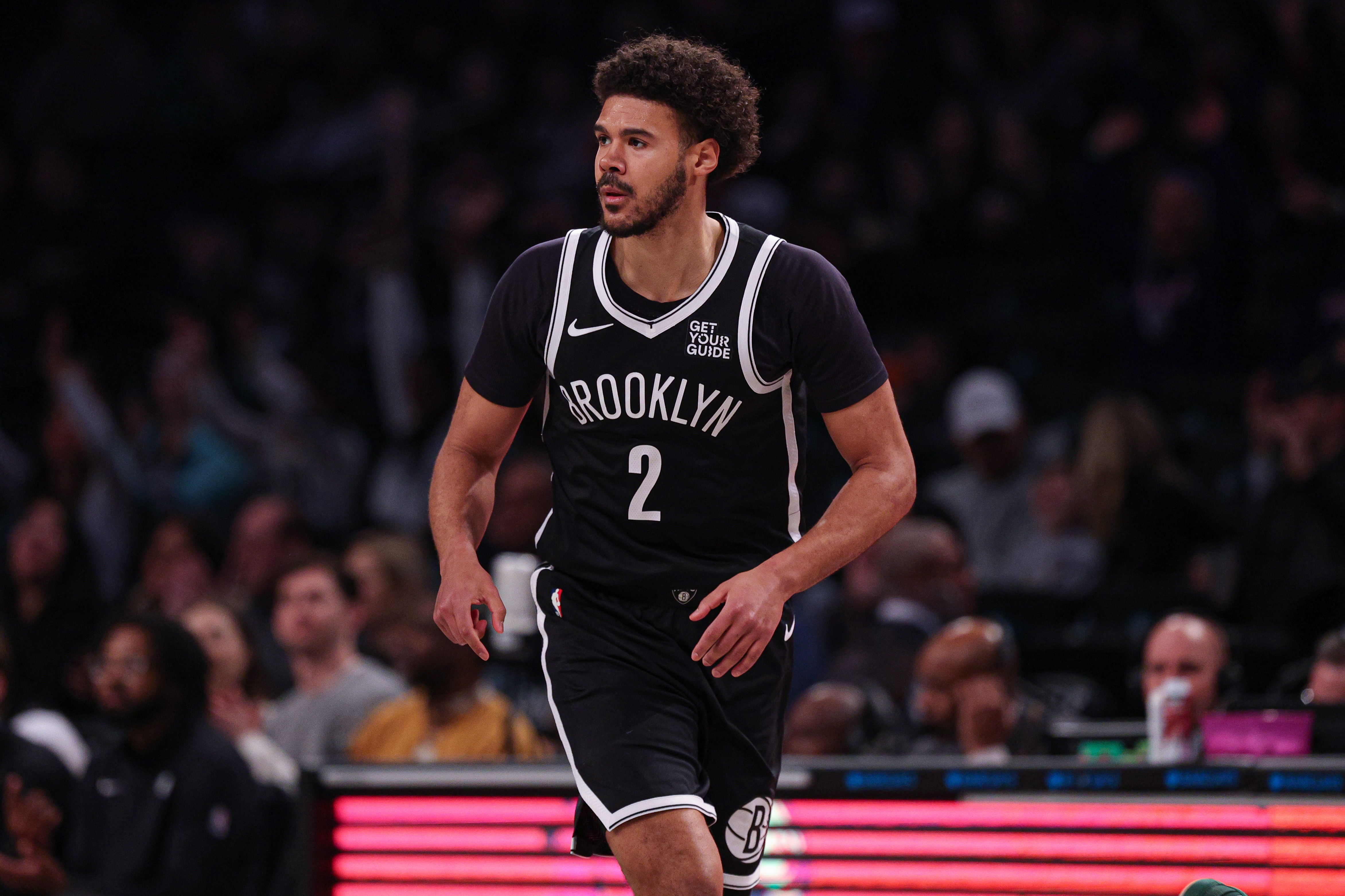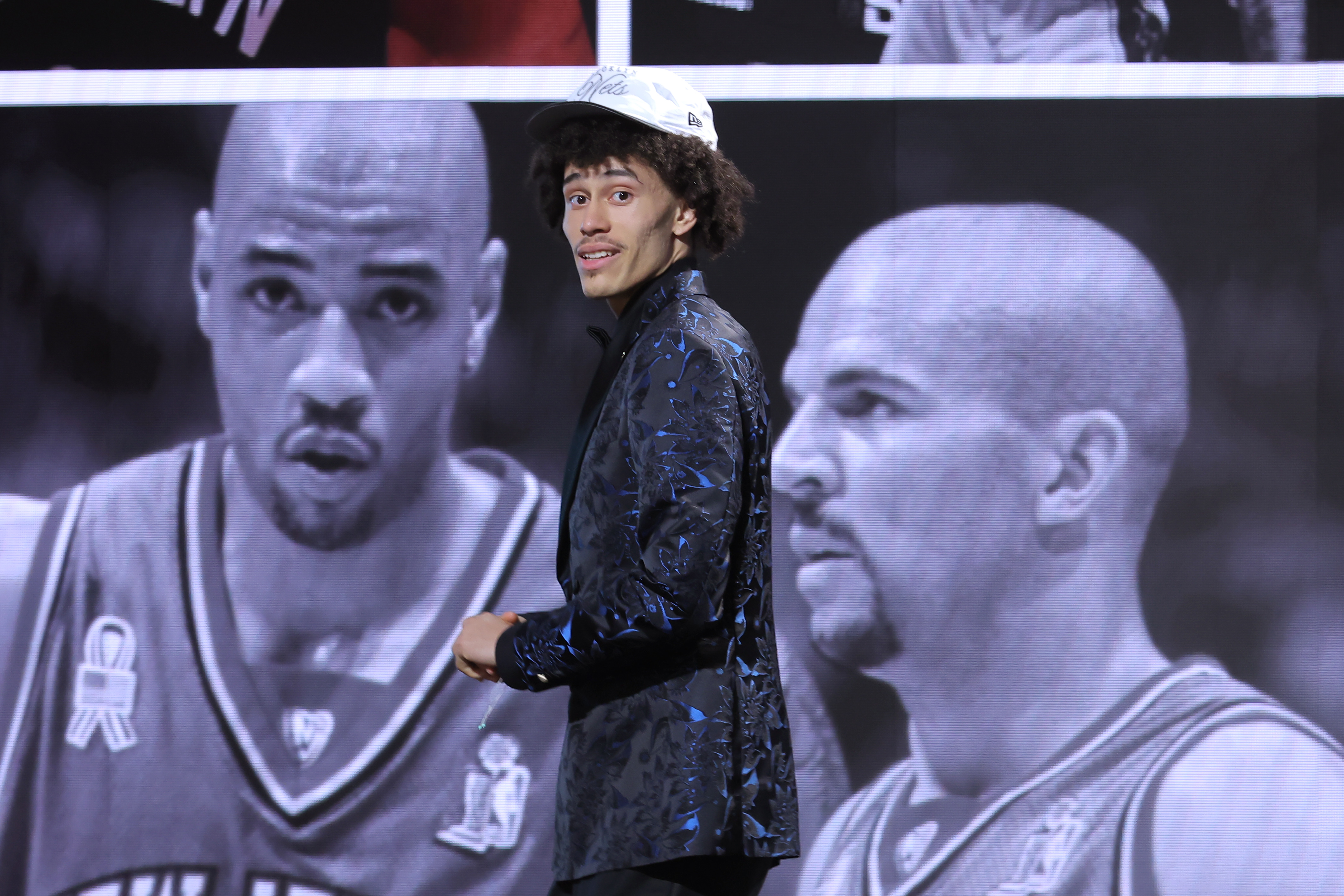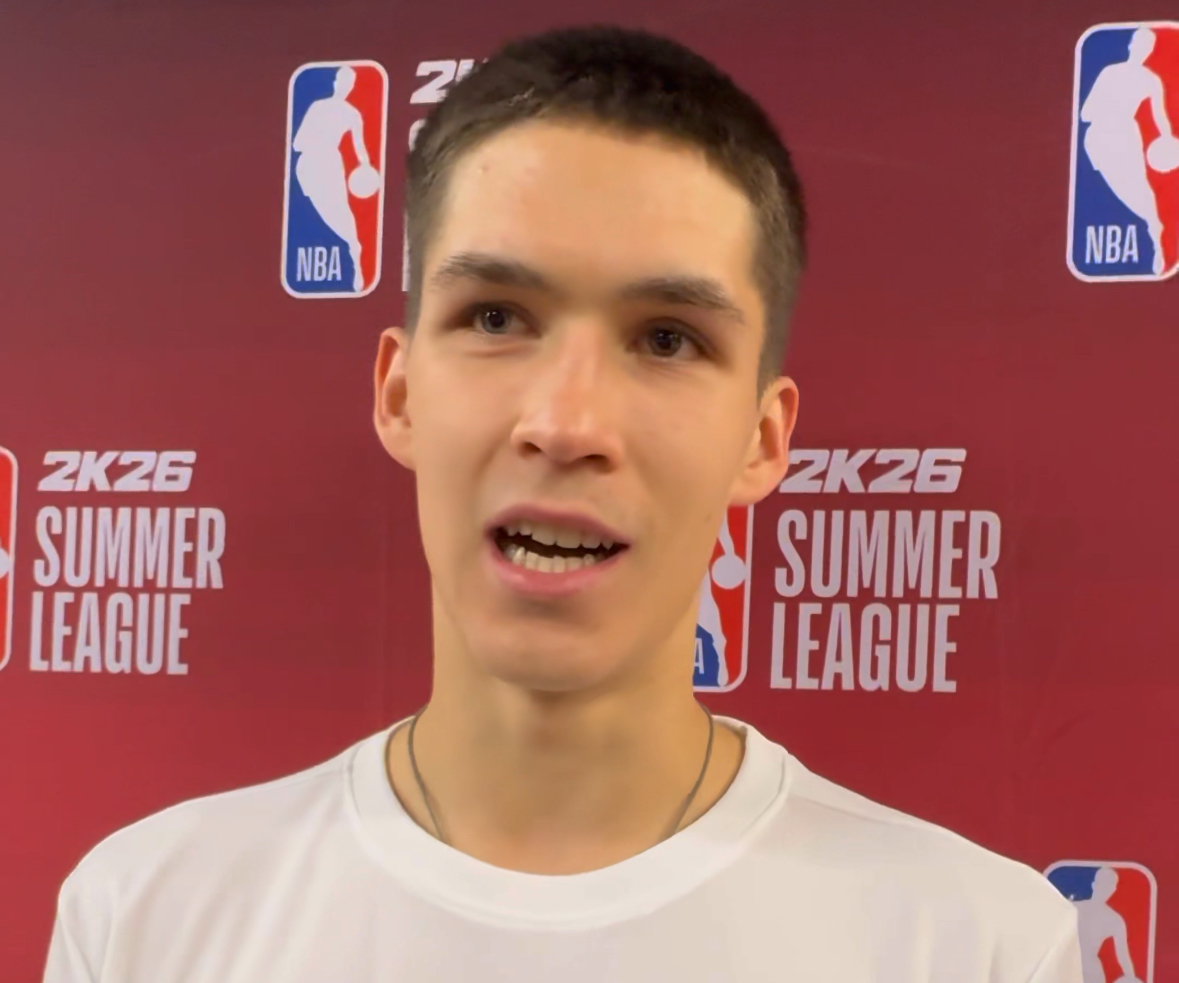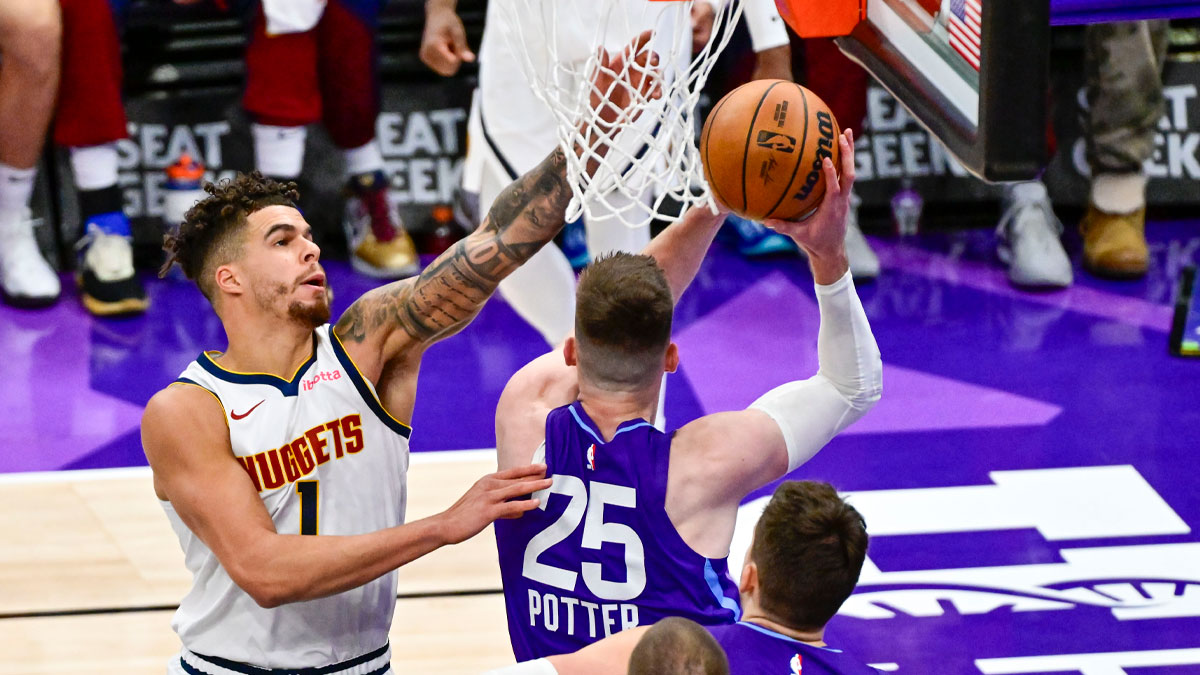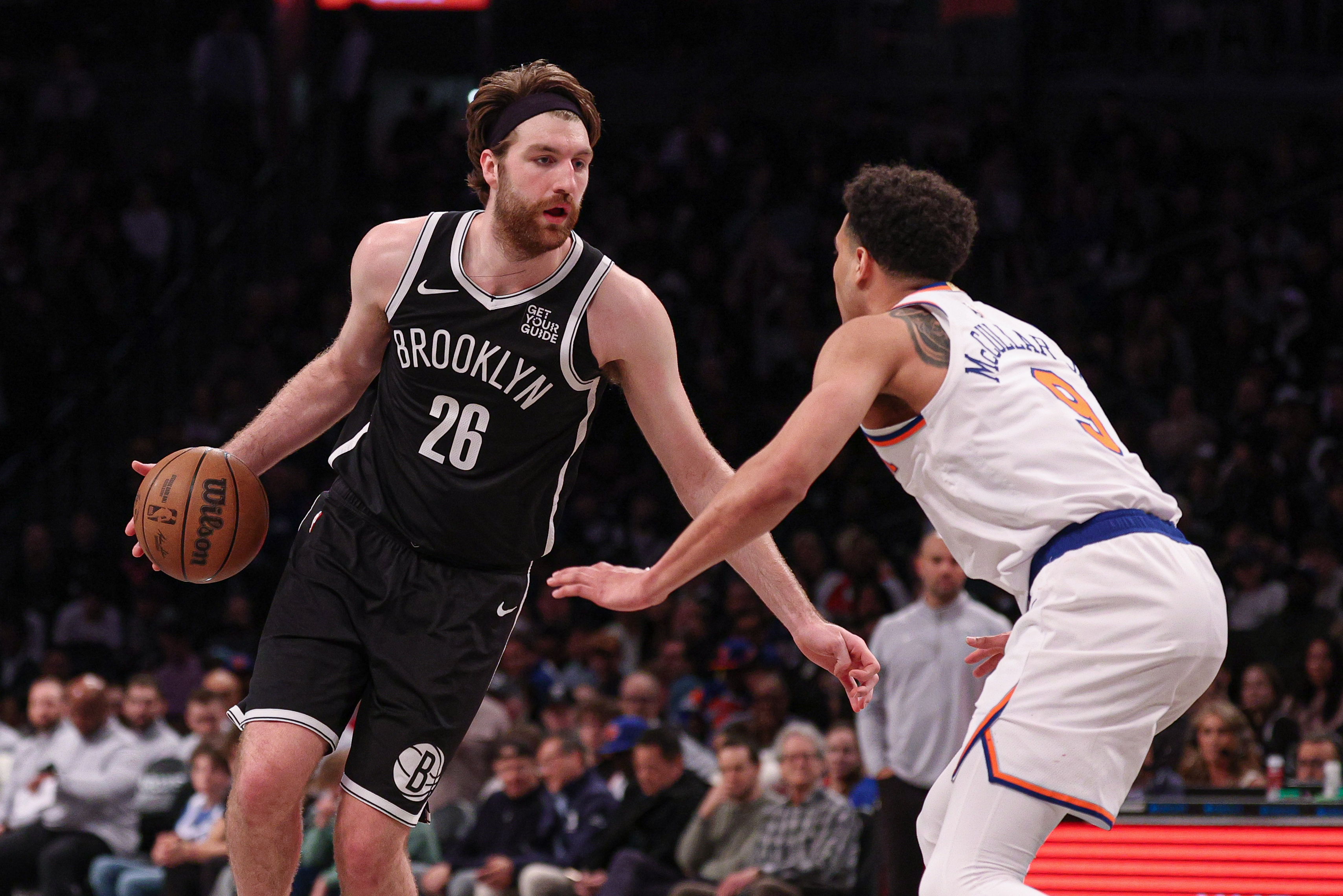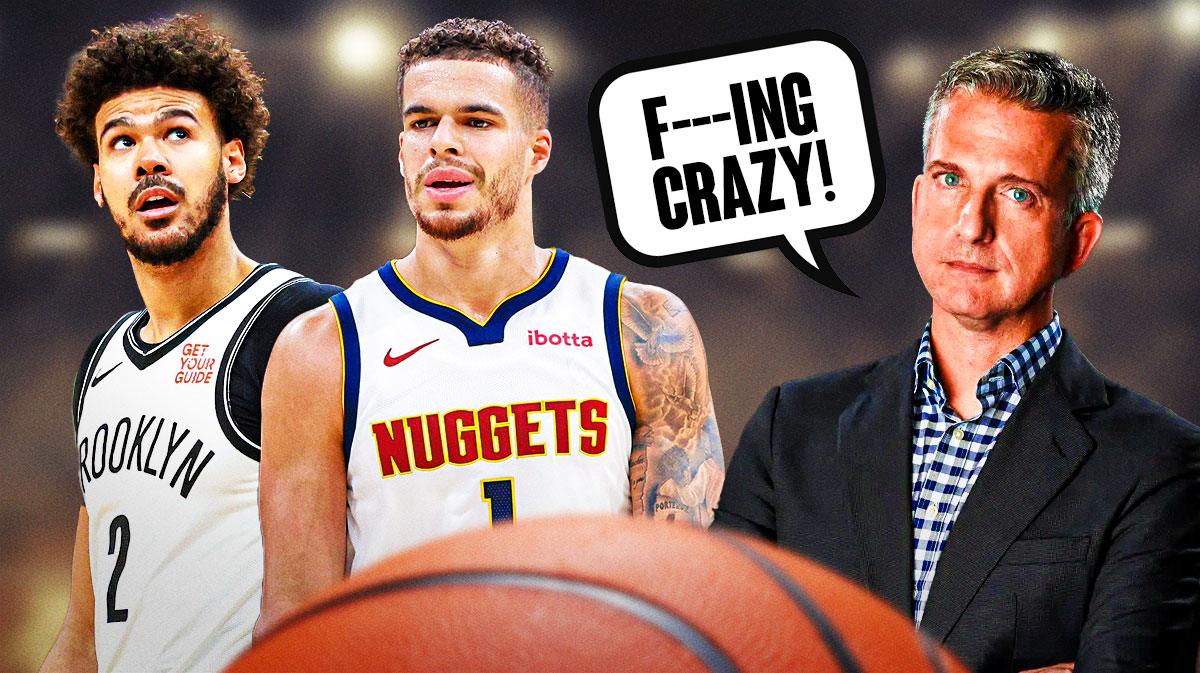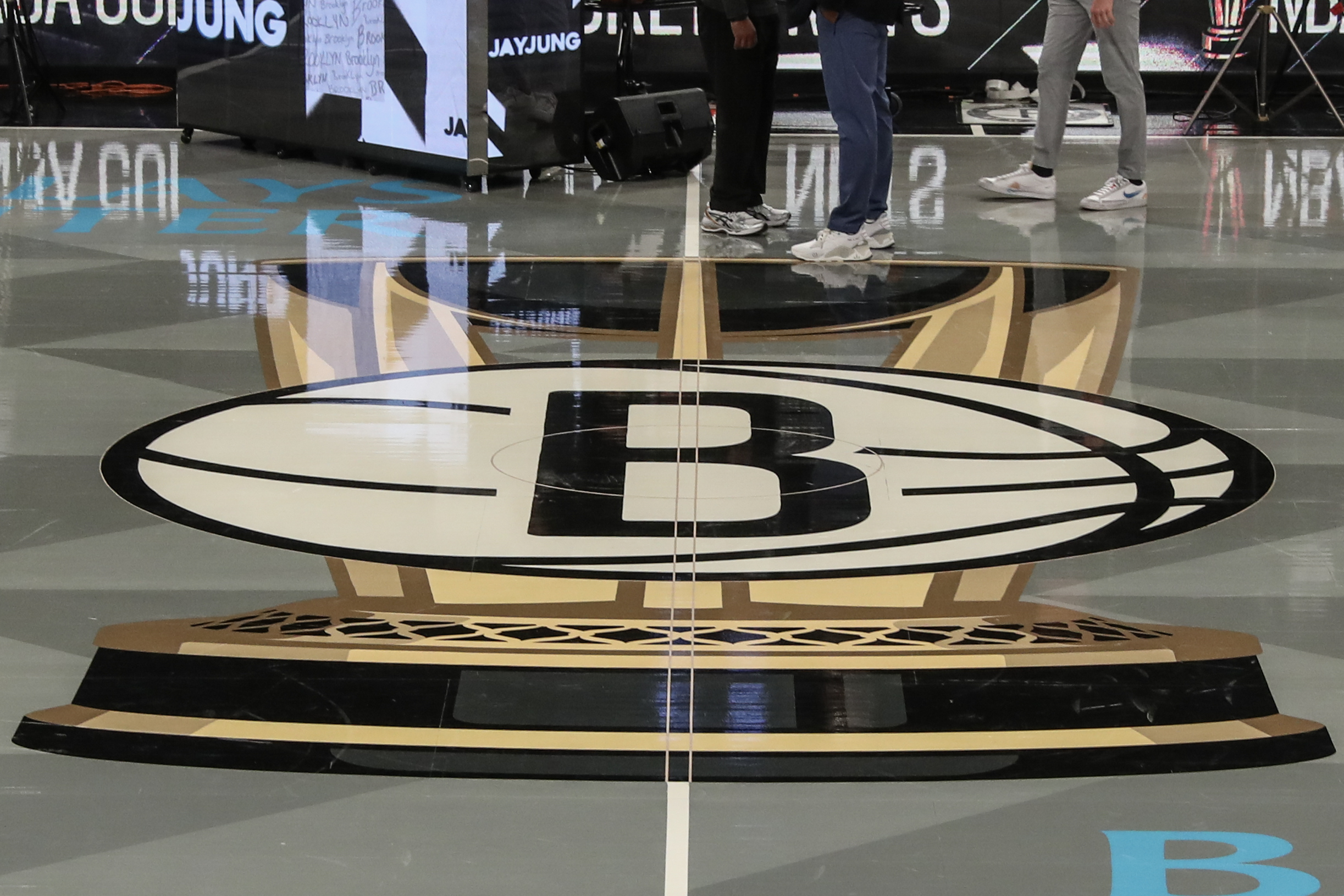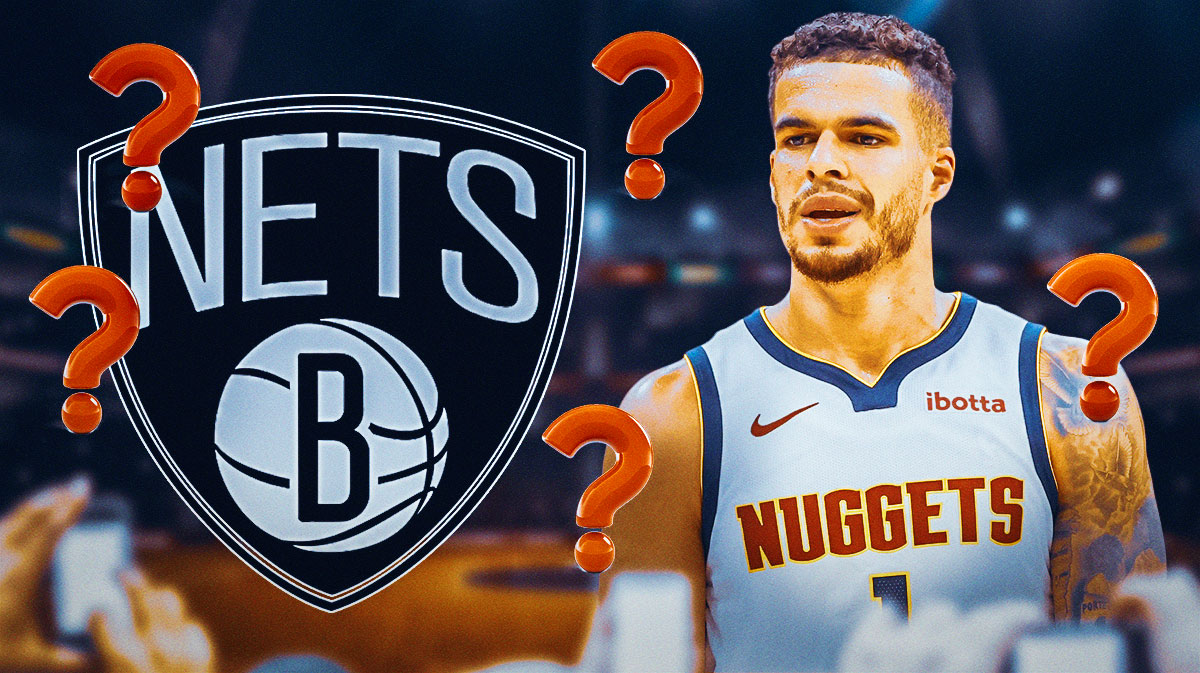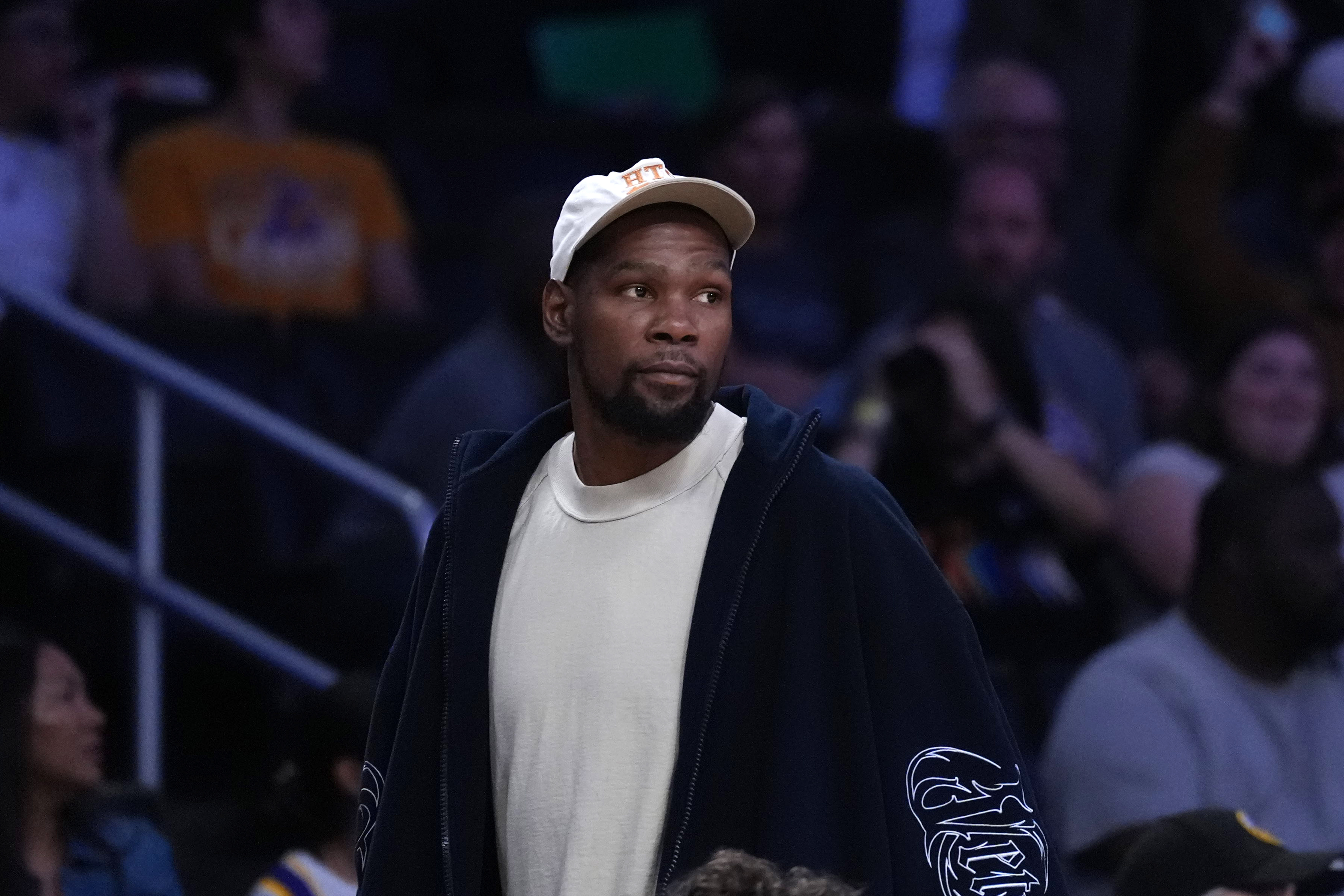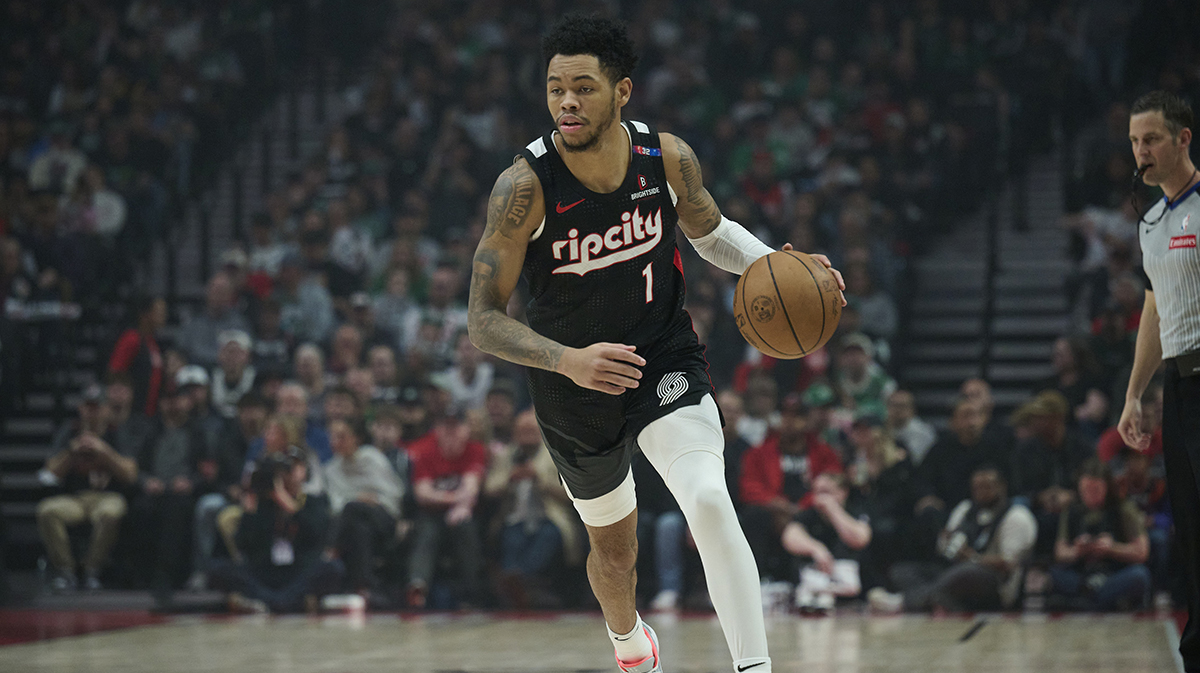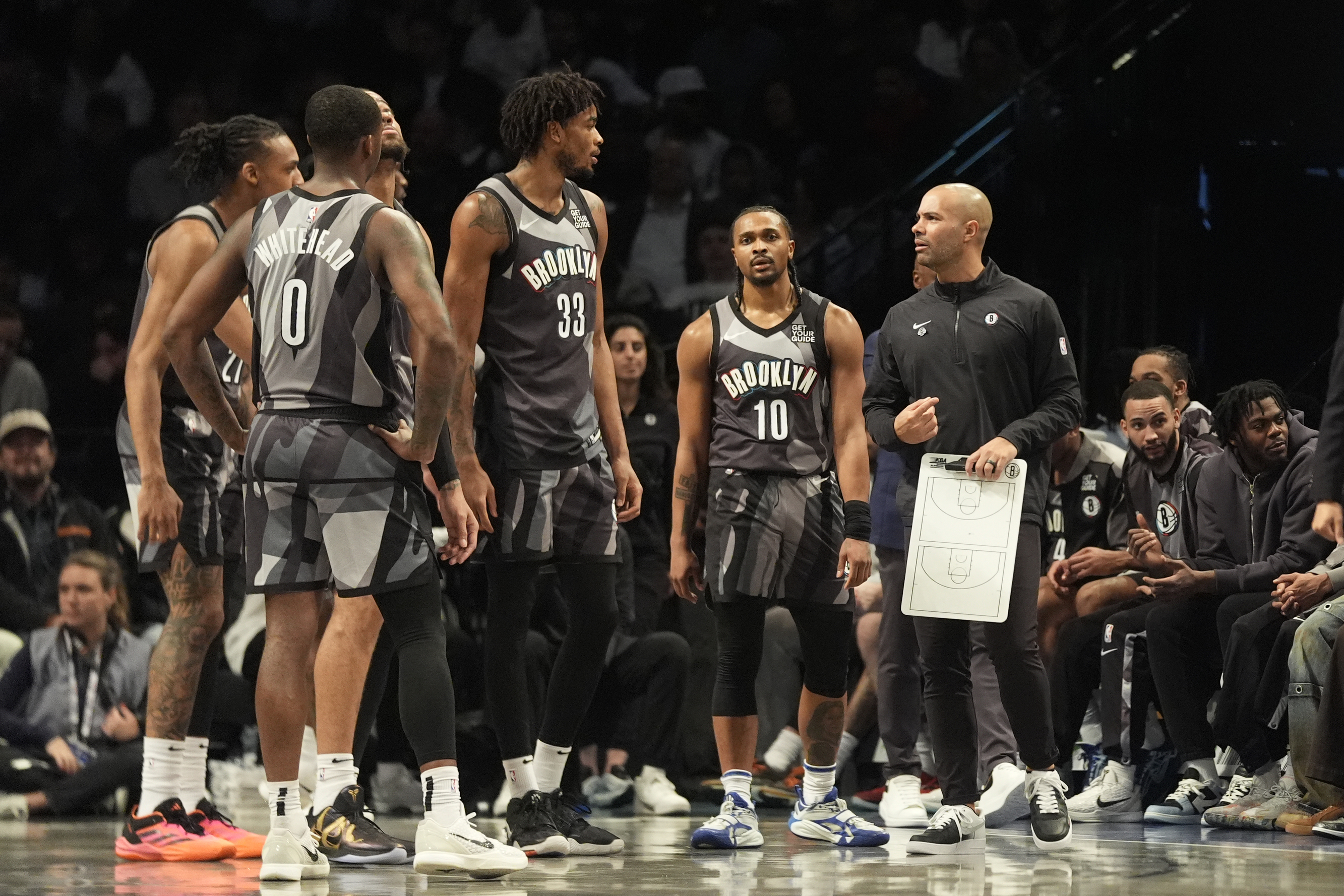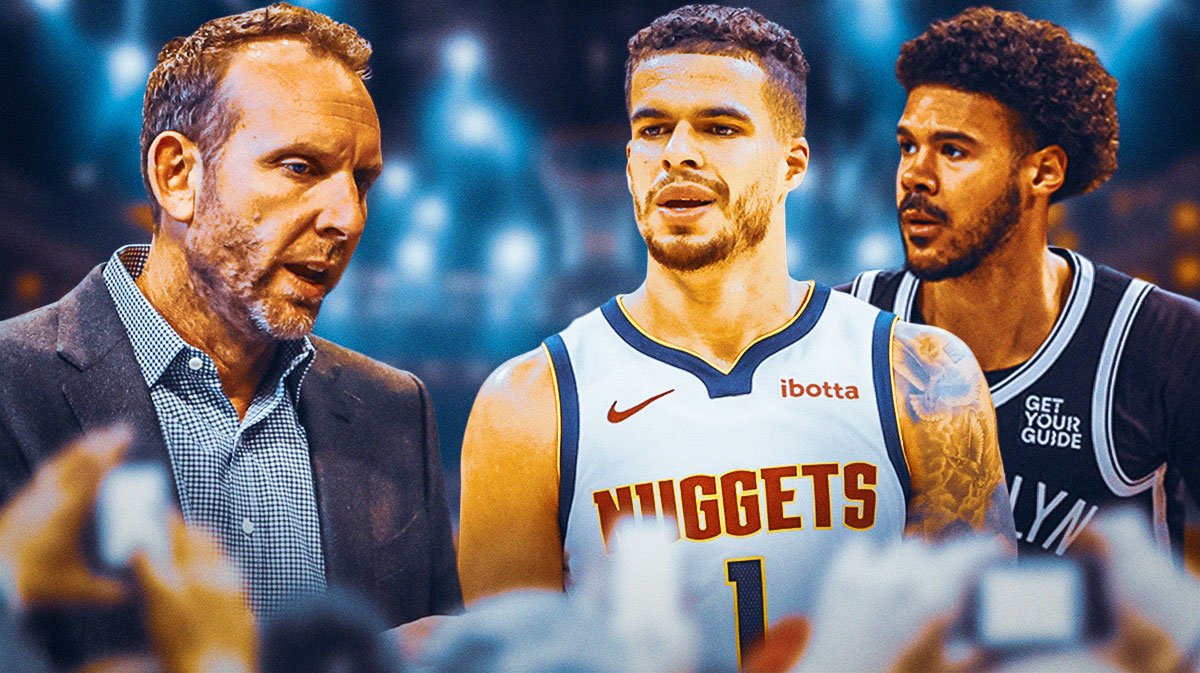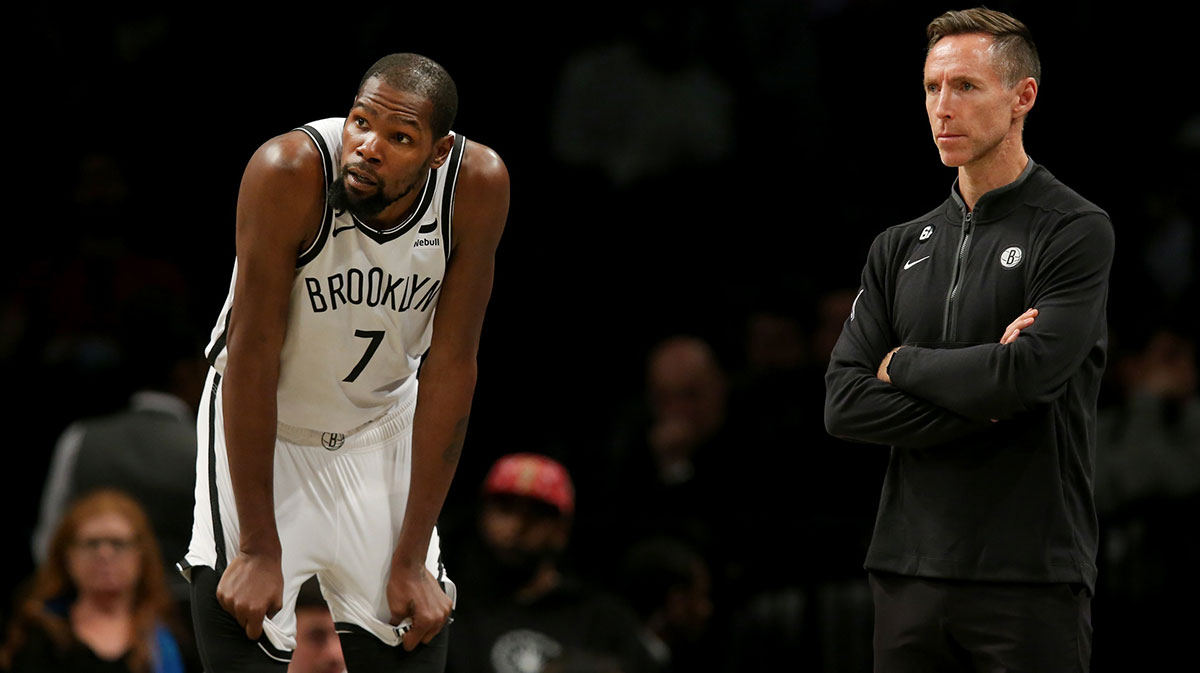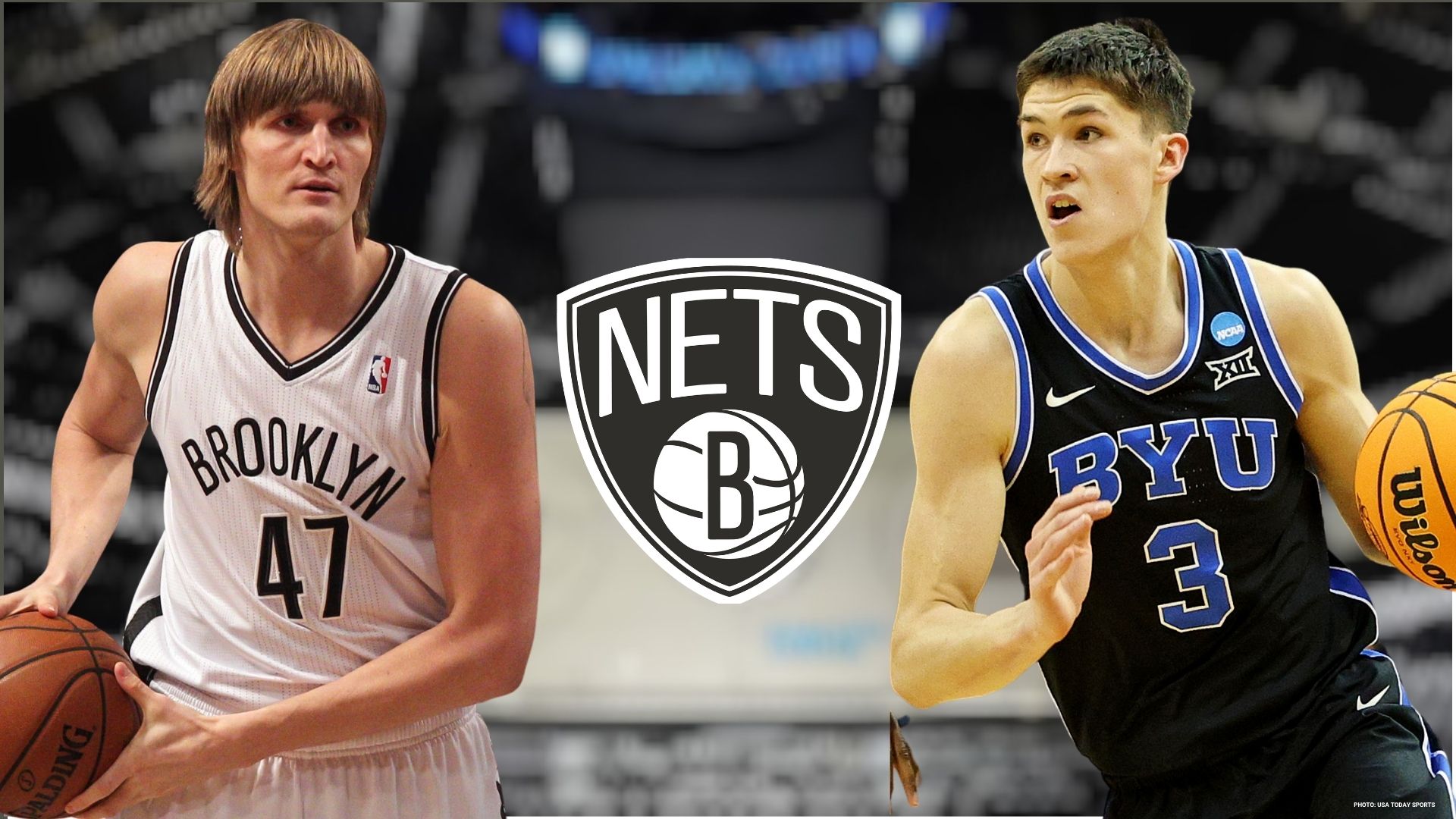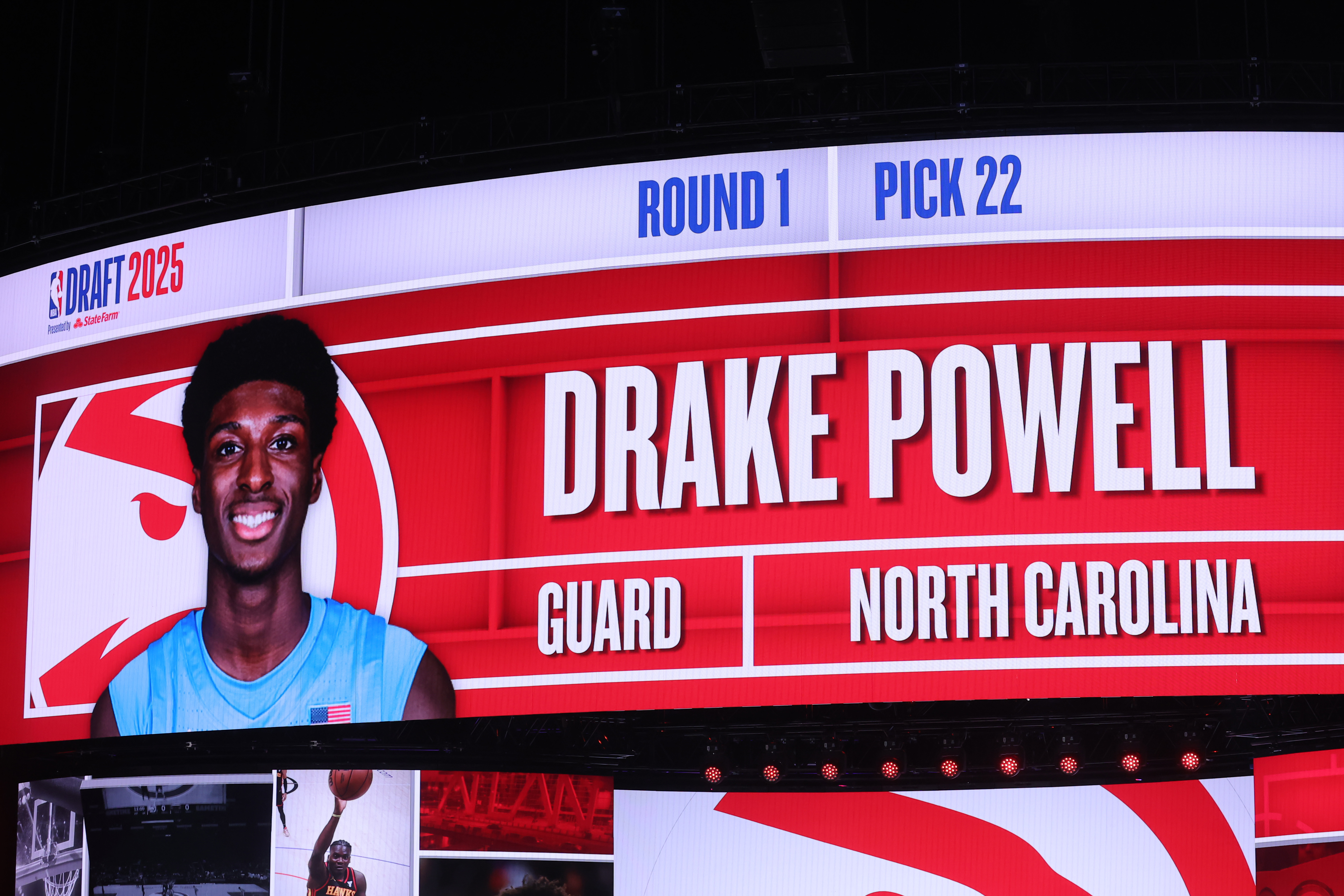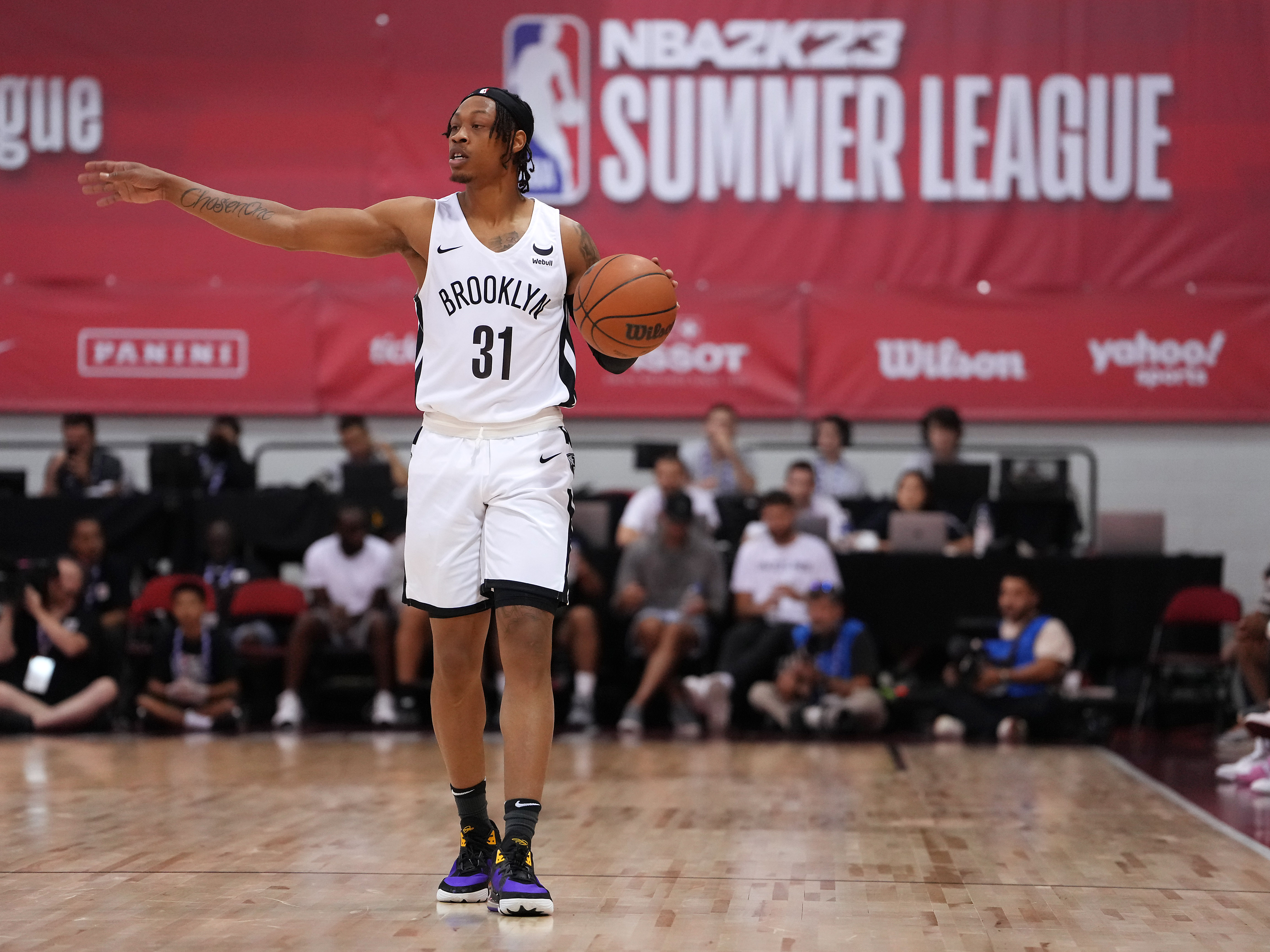Ben Simmons' lack of aggressiveness has been an issue for the Brooklyn Nets through the first week of the NBA season.
Through three games, Simmons has taken 13 shots and been to the free-throw line three times. The Nets hope this will not be a long-term problem as the three-time All-Star is Brooklyn's third highest-paid player and an integral part of their new-look offense. Head coach Steve Nash emphasized Simmons' importance on both ends of the floor before the point guard's Nets debut.
“I think the vision is for him to be the engine of this team on both sides of the ball,” Nash said.
That vision has yet to come to fruition with Simmons re-acclimating to NBA play following a 16-month layoff and offseason back surgery. The 26-year-old has shown flashes of his old self, attacking the paint on drives early in the Nets' last two games. One of these drives came midway through the second quarter of Brooklyn's 134-124 loss in Memphis Monday.
Simmons drove into the 6'11”, 265-pound Steven Adams, drawing a foul. This was the hardest contact the former number one pick has initiated in a Nets uniform. The concerning aspect for Brooklyn was that Simmons came up grabbing his back after the play.
Simmons would remain in the game but disappeared down the stretch, attempting just two shots in the second half, one of which was a desperation three to end the third quarter. In Brooklyn's season-opening blowout loss to the New Orleans Pelicans, the Aussie took just three shots, two of which were lobs off broken plays. When asked about his offensive passivity in his debut, Simmons said his re-acclimation following back surgery is a process.
“It takes time,” Simmons said. “Having back surgery and being away from the game for a year, there’s little things that your mind might tell you to go do something but your body’s not wanting to go do that. But those are the habits, that’s something that I just need to continue to focus on and be aggressive regardless of the result.”
This answer, along with his response to hard contact from Adams Monday, begs the question: How much of Simmons' lack of aggressiveness is the result of lingering effects from his back surgery?
The former All-NBA selectee has a history of back issues. Simmons detailed the severity of a back injury he sustained against the Bucks during the 2020-21 season on The Old Man and the Three podcast with J.J. Redick.
“I was throwing up because I was in so much pain,” he said. “The pain goes all the way down your leg. I couldn't sit in a car. Everything I was doing was just f****** painful.”
Simmons said he felt discomfort in his back while training for his return late last season before the injury flared up significantly.
“I was actually going up the stairs [when I hurt my back],” he told Redick. “So initially I had some kind of soreness in my back when I was working out, then I went to go run up the stairs and my whole right side just dropped. And as soon as I went upstairs, I laid down and I could not move.”
Ben Simmons details his back injury on the latest episode of the show.
Watch the full episode: https://t.co/XvcwoCWSDe pic.twitter.com/ChQlEVtzpR
— TheOldMan&TheThree (@OldManAndThree) September 23, 2022
Simmons had a microdiscectomy procedure in May on a herniated disk in his lower back. Per the Hospital for Special Surgery, the procedure is meant to reduce pain and other symptoms that occur when a herniated disc presses on an adjacent nerve root. During the operation, the surgeon frees the nerve by removing small fragments of disc, bone and ligament.
Simmons' procedure is not uncommon for NBA players. Dwight Howard, Brook Lopez and Michael Porter Jr. are among those who have had the surgery. Dr. Clara Fischer, a spine surgeon at NYU Langone Health, said in an article with SB Nation that most patients see relief quickly, but are not immediately back to their full selves.
“Most patients tell me they feel at least 50 to 80 percent better immediately after the surgery,” she said.
Focusing specifically on the NBA, a study by the National Library of Medicine used PER (Player Efficiency Rating) to assess recovery length and outcomes for players who underwent the surgery. The study found that players who had surgery “played significantly fewer games the following season and had a larger decrease in PER” as compared to those with the injury who did not. However, it did find that those players typically return to their normal level of play the second season after surgery.
“These results showed that by the second postoperative season, players are able to return to the level of play in terms of games played per season and PER. This suggests that player performance 1 year after lumbar discectomy may not be indicative of future prognosis and success.”
“While operatively treated players had a decline in games played and PER during the first postoperative season, no difference in either statistic was seen by the second season compared with controls,” the study concluded.
While players who underwent surgery saw a decrease in games played and PER in their first postoperative season, the study found that injured players who did not receive the surgery “had a shorter career length compared with controls”.
This suggests that a drop-off in physical performance should be expected for Simmons this season. There is an obvious mental component pertaining to Simmons' level of aggressiveness as well. He has spoken about his mental struggles during and after Philadelphia's second-round series against Atlanta in the 2021 playoffs. However, Simmons' comments following Brooklyn's season opener indicate he still has physical hurdles to overcome as he attempts to regain the assertive mentality of his early seasons.
Simmons' post-surgical state puts Brooklyn in a precarious situation in an all-in season. While Simmons will likely need time before he resembles anything near his All-Star form, the Nets are under pressure to win now following Kevin Durant's trade request this offseason. Despite this, Nash said postgame Monday that supporting Simmons through the process is the team's top priority.
“When you don’t play in an NBA game for 16, 18 months, it does take time to get a feel for it again,” Nash said. “Unfortunately that’s going to have some painful moments for him. But it shows he’s got a long way, a lot of growth to do to get back to where he was. He’s already shown glimpses, so he’s going to get there. It’s just a matter of getting the support and getting there as quick as possible.”

